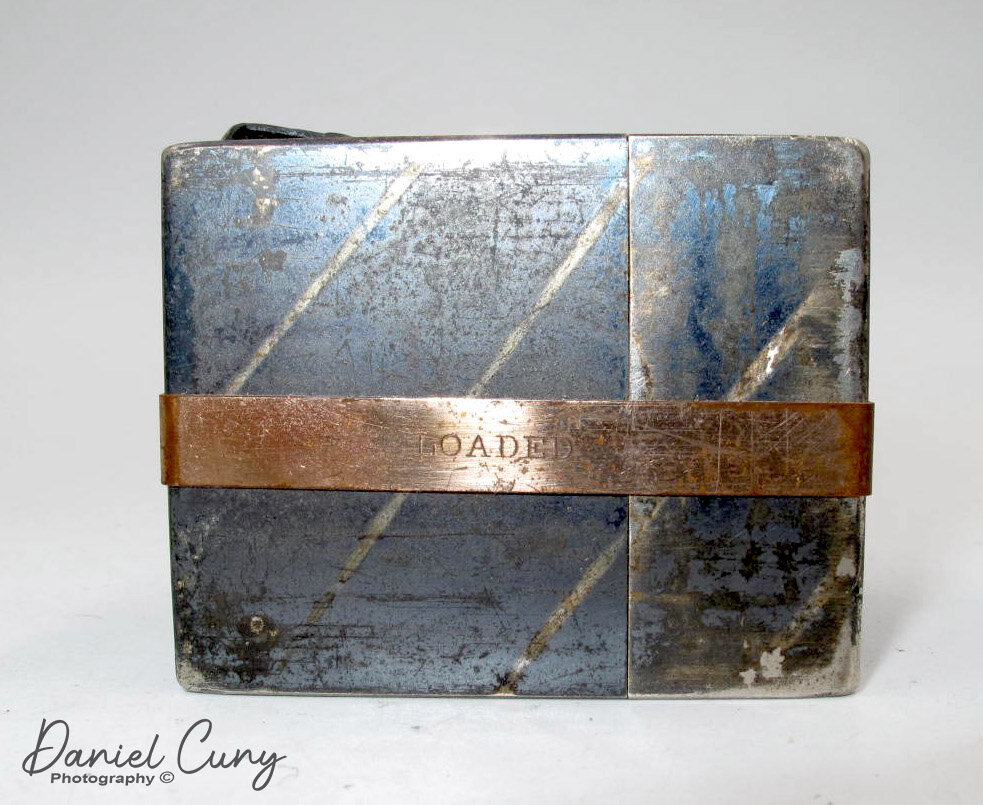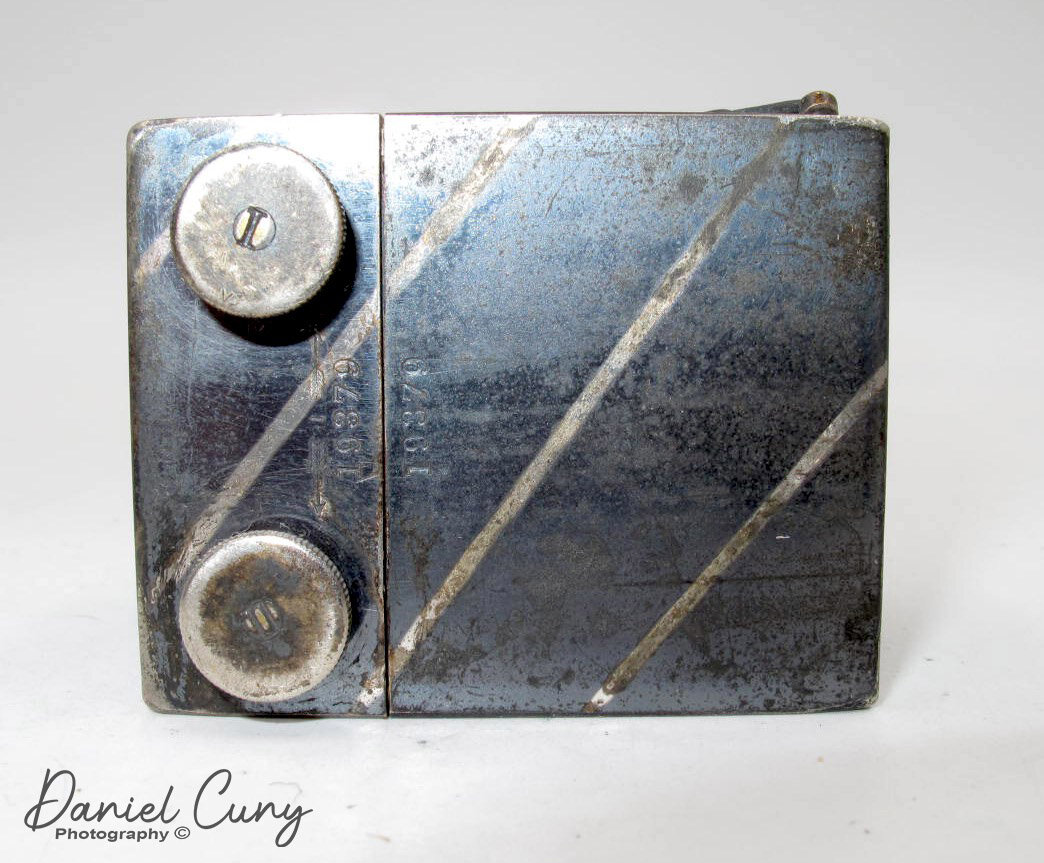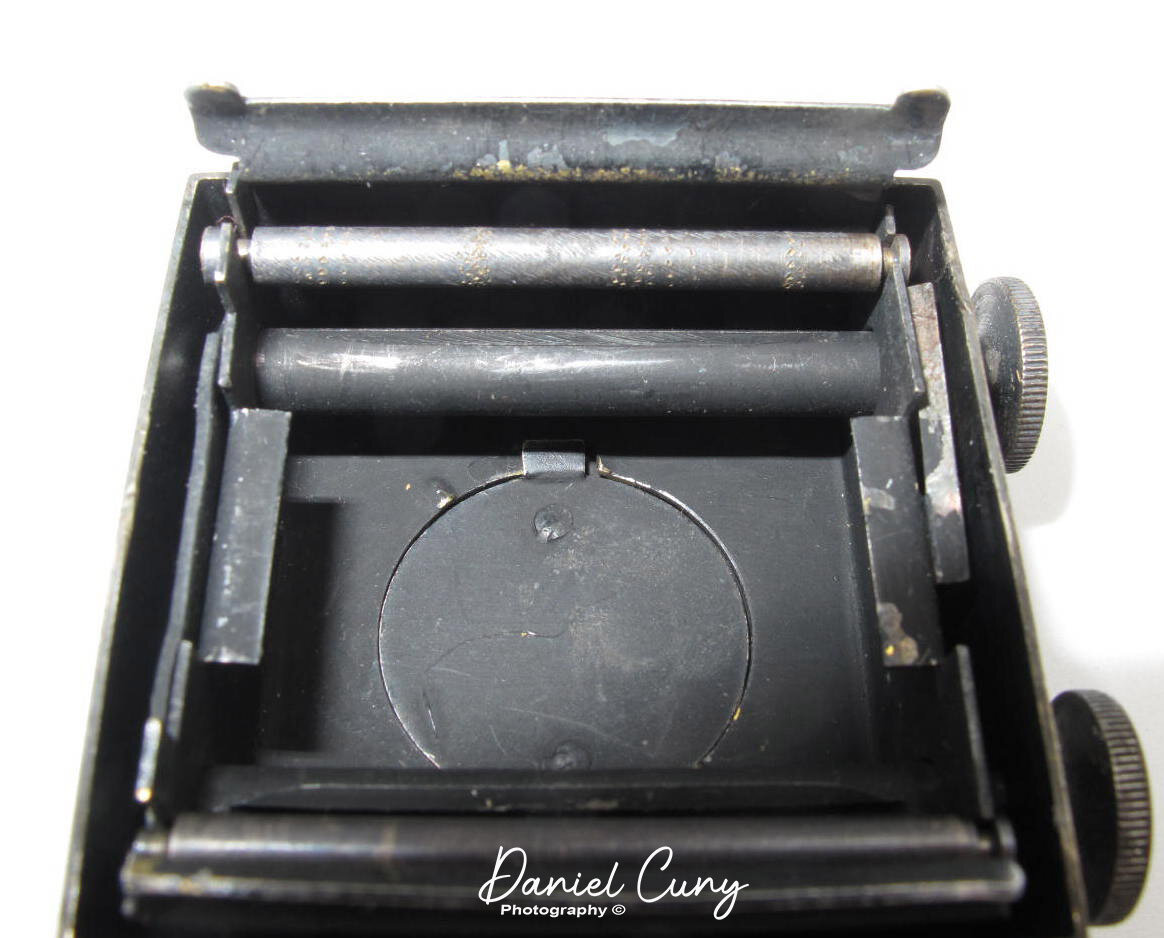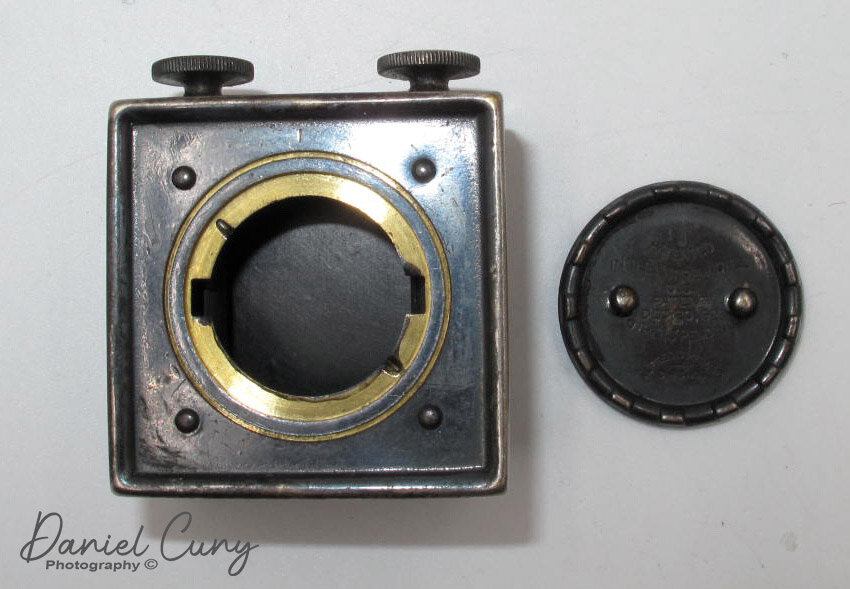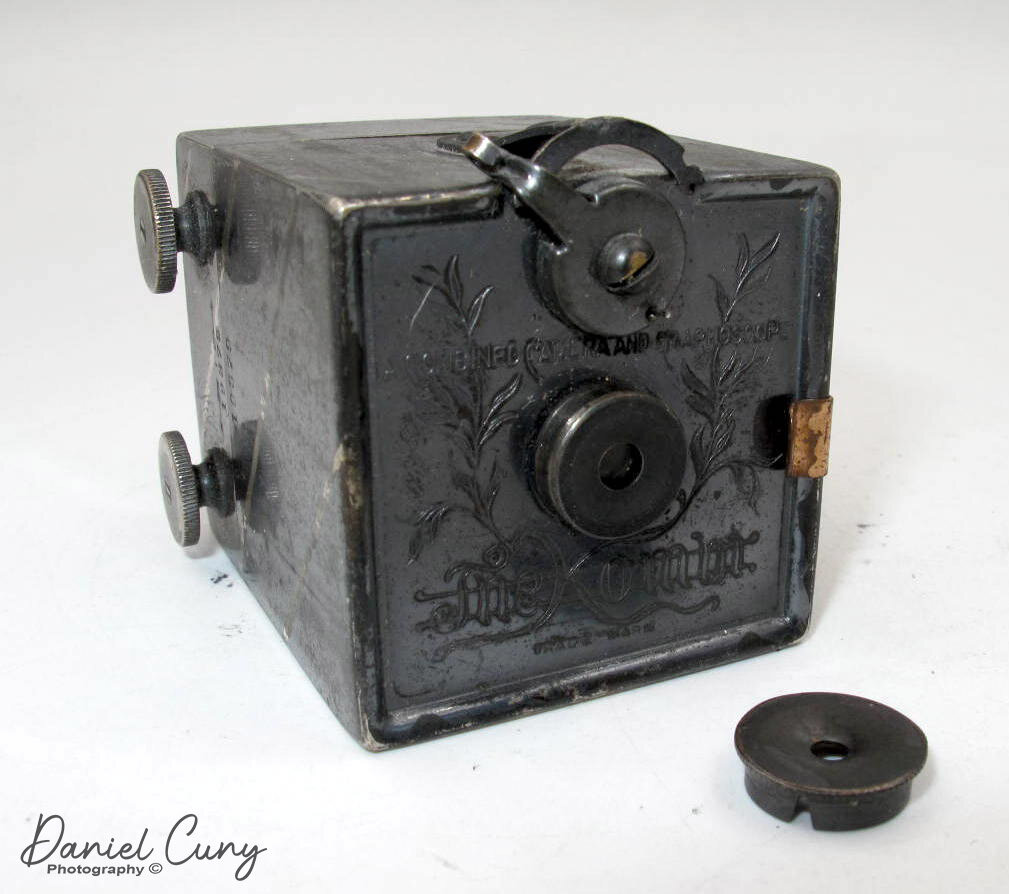This week's camera is not only a camera but a Graphoscope too. A Graphoscope is just another word for the viewer, which they used in the late 1800s to early 1900s to view cabinet cards and photographs. So this camera is a camera and a viewer all in one tiny package. Let me give you a little information on the camera's manufacturer, and it's many accomplishments before I get into specifics about the camera.
This camera was manufactured by Alfred C. Kemper of Chicago, Illinois, USA, and the patent for the camera was approved in December 1892. It's believed the camera was manufactured and sold in 1893. This camera had quite a few accomplishments for its time. It was the first miniature roll film camera, and the first camera to use film manufactured by Kodak solely for cameras not made by Kodak. The Kombi was the first camera to combine taking and viewing photographs. The one I like the most is it's the first metal-bodied roll film camera. When you look at the instruction manual for the camera, you can see how complex it was to be a photographer in the 1890s. They tried to simplify the process and were successful in doing so. I don't have sales numbers, but I have read the camera was very successful.
Exploded View
When I say small, the camera is tiny, just measuring in at 1 7/8" T 1 7/8" W x 2 1/8" D include the protruding lens and winding knobs. The shutter control on the top of the camera adds another 1/4" to the height. The camera is made of 2 solid pieces and has vertical stripes running through the body. The front section being the lens and shutter, and the rear housed the roll film. The two pieces were held together by a brass clip that clips from the front of the camera to the back of it. The brass clip has the word "Loaded," so the photographer knew they were ready to shoot. The brass clip and many other items like lens cap, and circle photomask were accessories and were sold separately.
Size of Camera
On the top of the camera was the shutter control, which in today's photo speak is either "B" for time exposure, or "I" for instantaneous or shooting at one shutter speed, which at my guess is right around 1/60 sec. That's just my guess. The shutter control consists of a metal spring half circle with two notches on it and a lever that you can put into one of the grooves. Facing the lens, when the bar is to the left, the exposure finished. When it's in the middle notch, it's on "B," To the right, you're in "I." Here is the fun part. Before taking a photo, you needed to put your thumb/finger over the lens, so you didn't expose the film to light when you set the shutter for time or instant. You'd then set the lever to the middle or right position for exposure. Point the camera at your subject, and take your thumb/finger from the lens. If you set the lever to the center ("B"), then the exposure starts. Pressing the metal spring half circle ends the exposure after the time you feel is the proper exposure. If you set the lever to the far right ("I"), pressing the spring half-circle takes the instantaneous shot. That wasn't too confusing.
According to the instructions, you'd wind the film until you hear three clicks, then you knew you were at the next exposure. You could send the film to the company for processing or sell you the equipment to process the film and make prints yourself. The cost of developing on a roll of 25 exposures was 15 cents.
Since this is not only a camera but a Graphoscope too, if you were to use this as a Graphoscope, you'd have your images were printed on transparent film. You'd load the transparencies just like you would a roll of film, take the backplate off, and look through the lens from the front with the shutter in the middle ("B") position, which would magnify the images. Point the camera at a light source and view your pictures. Remember, this camera has two winding knobs, which is unusual for today's cameras. Having two winding knobs would allow the viewer to move the images forward or backward, depending on what they wanted to view.


